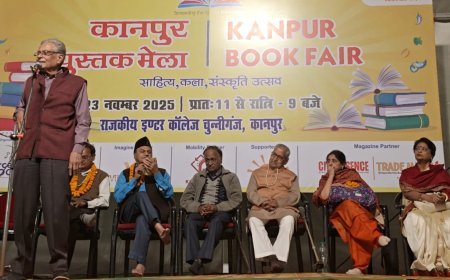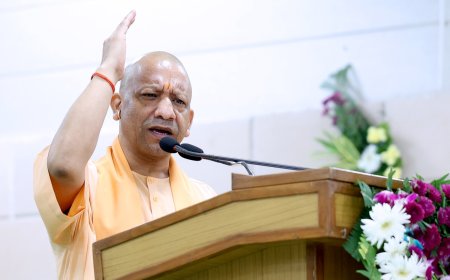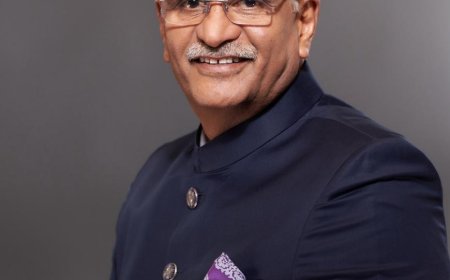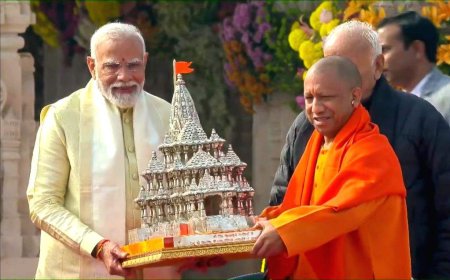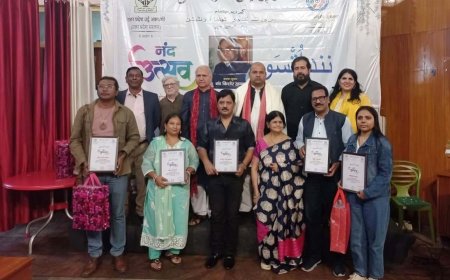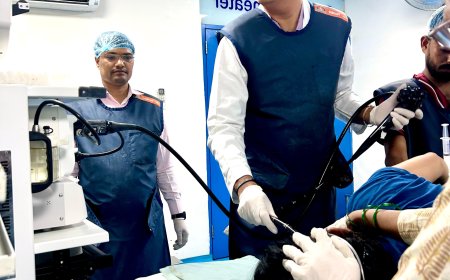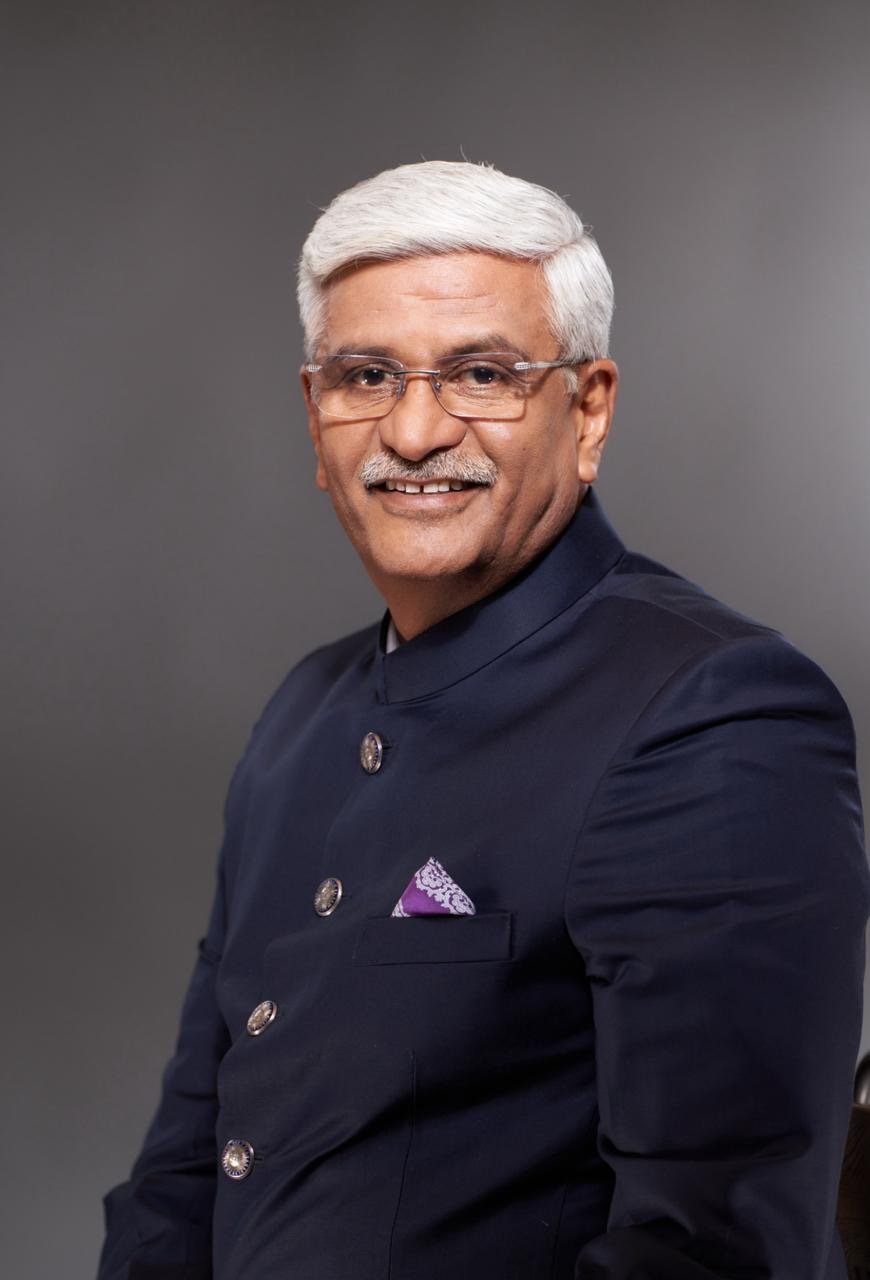GST Reforms and the Dawn of Indian Tourism's New Era - Gajendra Singh Shekhawat
India's tourism sector has long been a symbol of the country's rich cultural heritage and diversity, representing a blend of entertainment, cultural exchange, and inclusive growth. However, despite its immense potential, the industry faced significant challenges due to a complex tax structure and high costs, hindering its growth from the monasteries of Ladakh to the beaches of Kanyakumari. The recent reforms in the Goods and Services Tax (GST) regime have marked a significant turning point, breathing new life into the sector.
The tourism and hospitality industry was previously burdened by multiple taxes, including service tax, VAT, and luxury tax, creating confusion and increasing travel costs. The introduction of GST brought simplification, but the recent rationalization of rates has made Indian tourism more competitive globally. The reduction of GST rates on hotel rooms with tariffs below Rs 7,500 from 12% to 5% has made travel more affordable for middle-class families and budget travelers, boosting domestic tourism.
The benefits are multifaceted:
- Increased affordability and accessibility for travelers
- Higher occupancy rates and longer stays, benefiting local economies
- Improved profitability and formalization of small entrepreneurs and homestay owners
- Enhanced competitiveness in the global tourism market
The reduction in GST rates on tourist transportation, particularly buses with over ten passengers, from 28% to 18% has made intercity and group travel more accessible, benefiting pilgrims, students, and families. This move has injected new energy into heritage circuits, eco-tourism parks, and rural tourism destinations, connecting regions and promoting economic empowerment.
The decrease in GST rates on art and handicraft products from 12% to 5% has revitalized the sector, empowering artisans and strengthening craft clusters. This move is not just economic but also a cultural investment, promoting authentic experiences and preserving India's creative economy.
The GST reforms have brought clarity and transparency, simplifying compliance and boosting investor confidence. The formalization of the sector has opened up access to credit, insurance, and digital payments for small operators, promoting entrepreneurship and livelihood opportunities.
India's tourism sector is poised for significant growth, with the potential to double its contribution to GDP by 2030. The government's initiatives, such as Swadesh Darshan 2.0, PRASAD, and Vibrant Villages, are enhancing infrastructure, policy frameworks, and community participation.
The GST reforms represent a paradigm shift, making travel more affordable, entrepreneurship more viable, and destinations more attractive. As India marches towards its centenary of independence, a globally competitive and culturally empowered tourism ecosystem will be a crucial component of the country's growth story.
With rationalized GST rates, improved connectivity, empowered artisans, and a confident industry, India's tourism narrative is set to become one of the decade's success stories – a tale where reforms spark a renaissance, and every journey contributes to building a new India.
What's Your Reaction?











